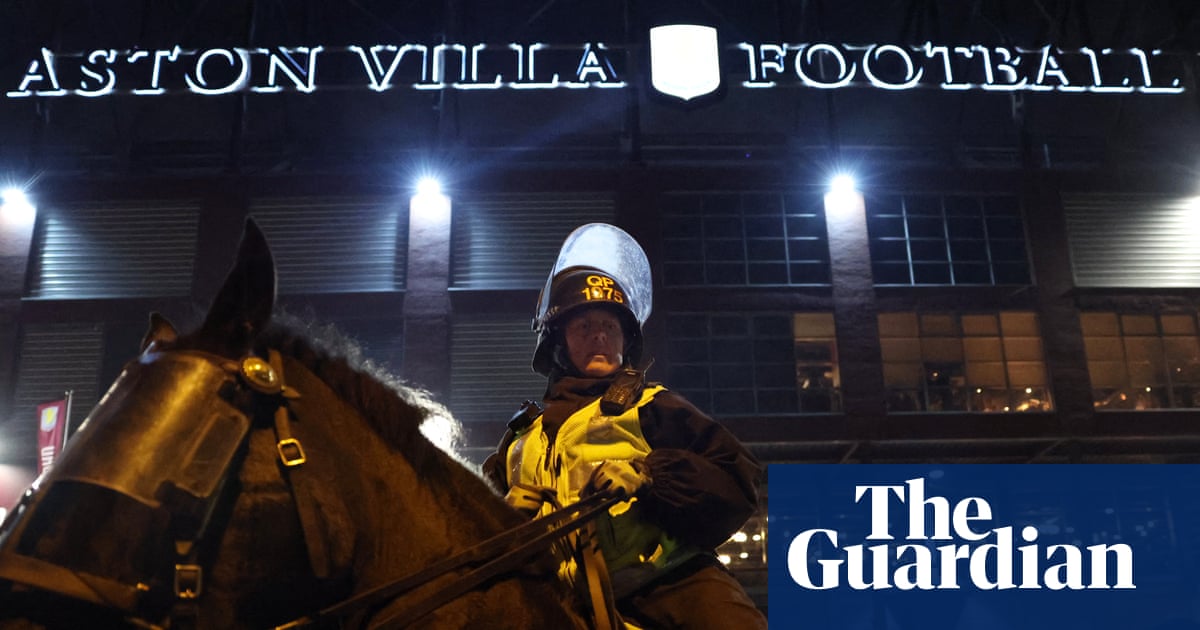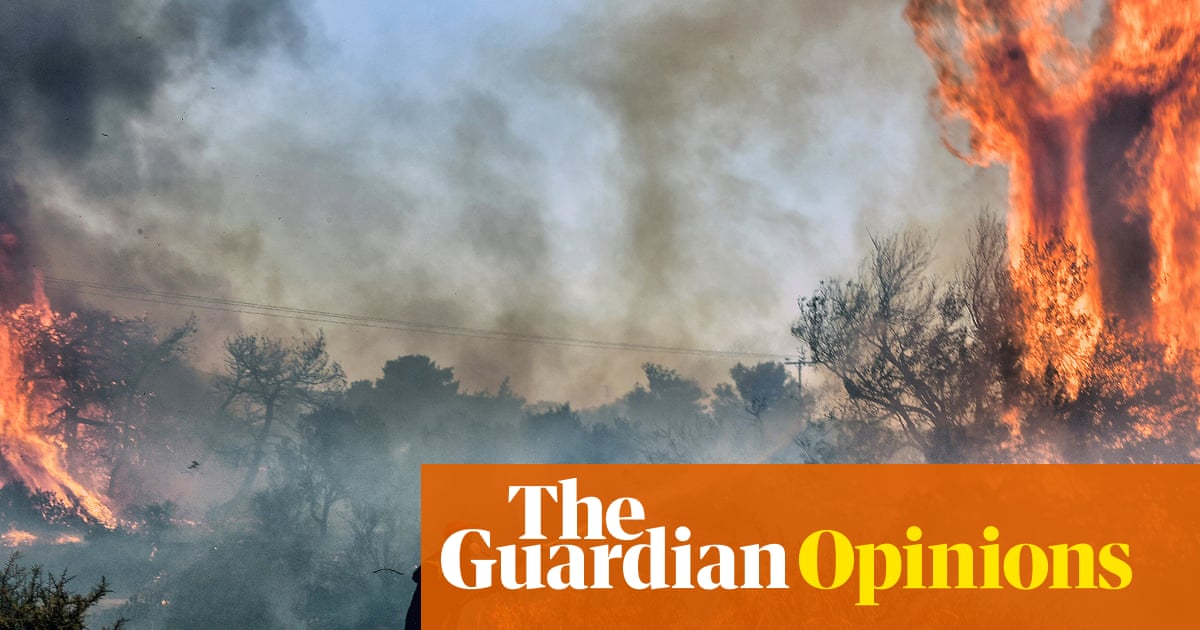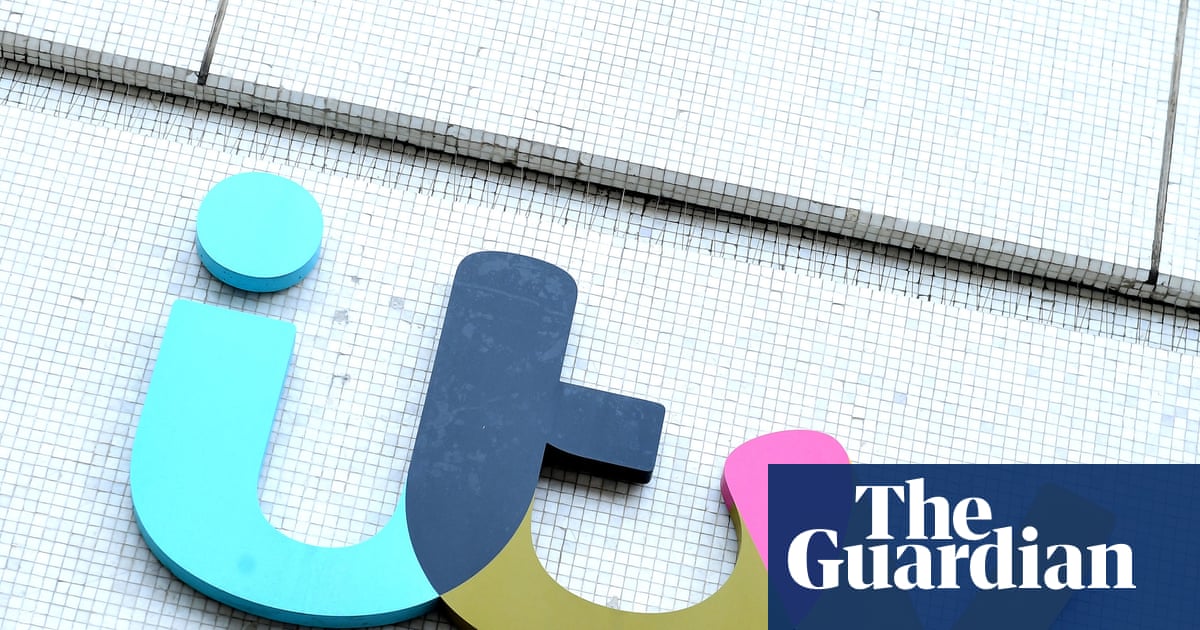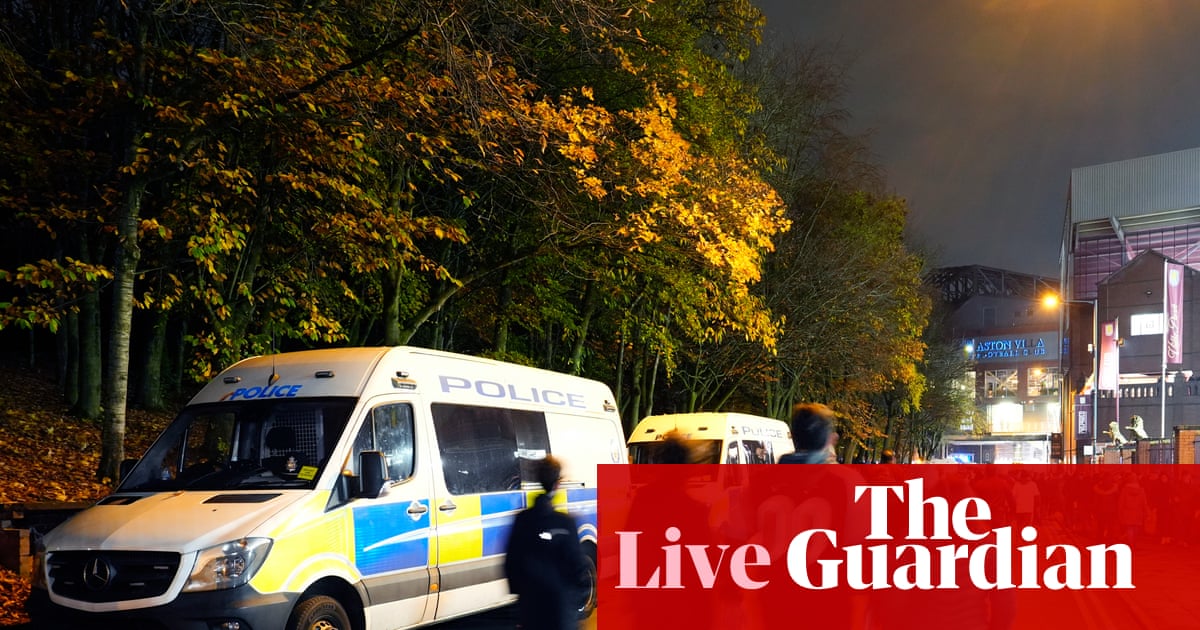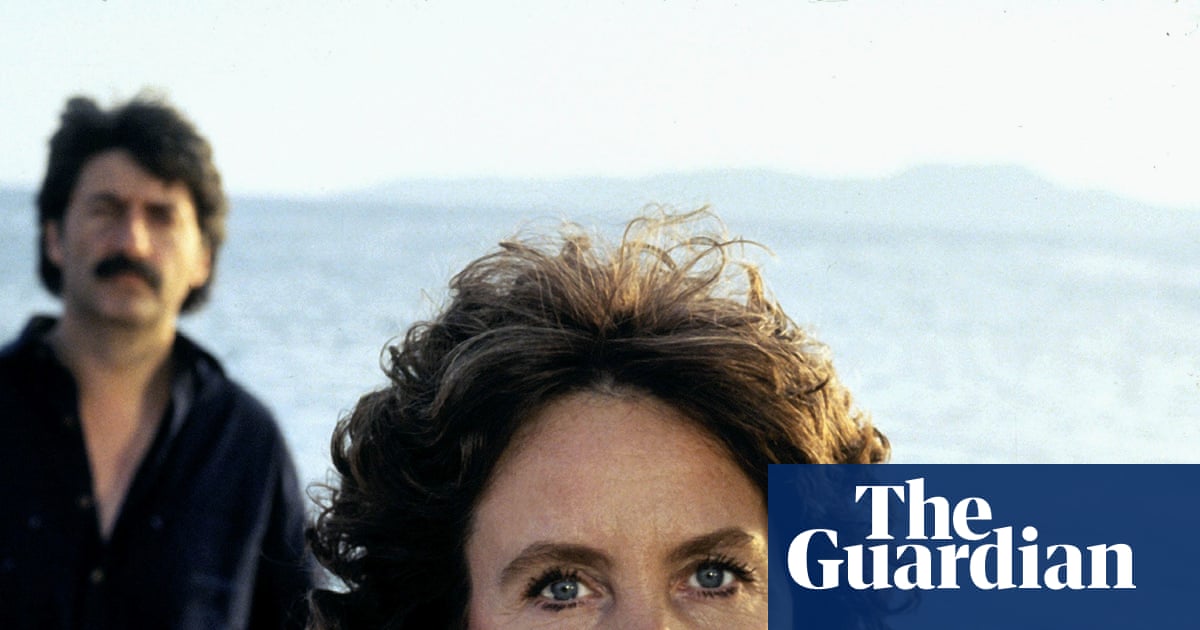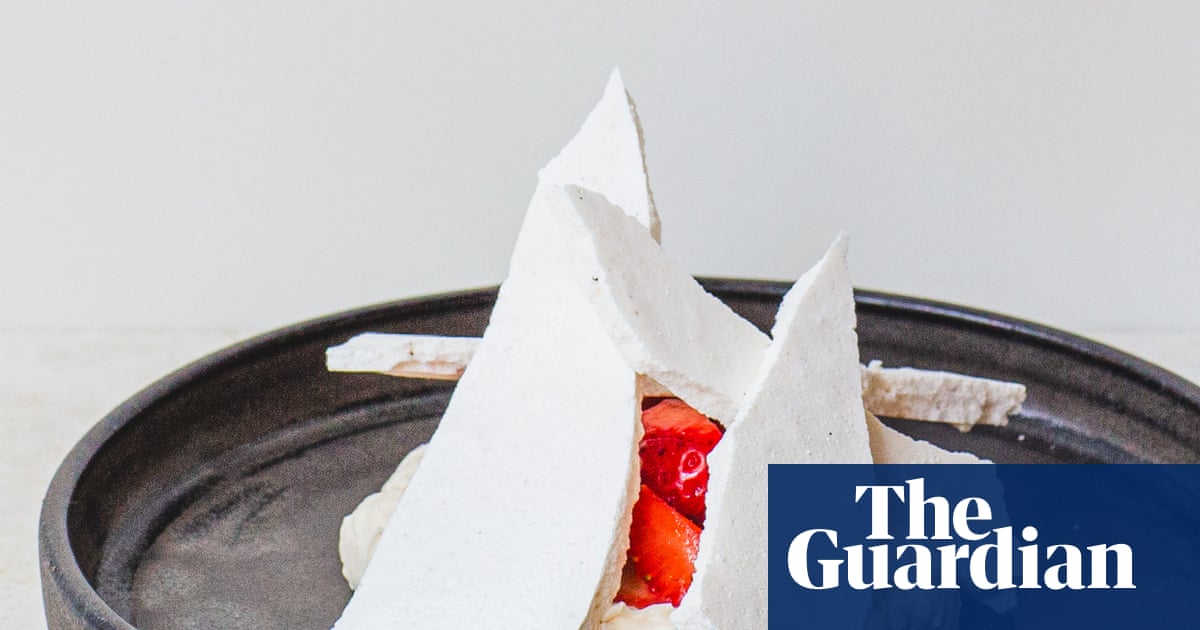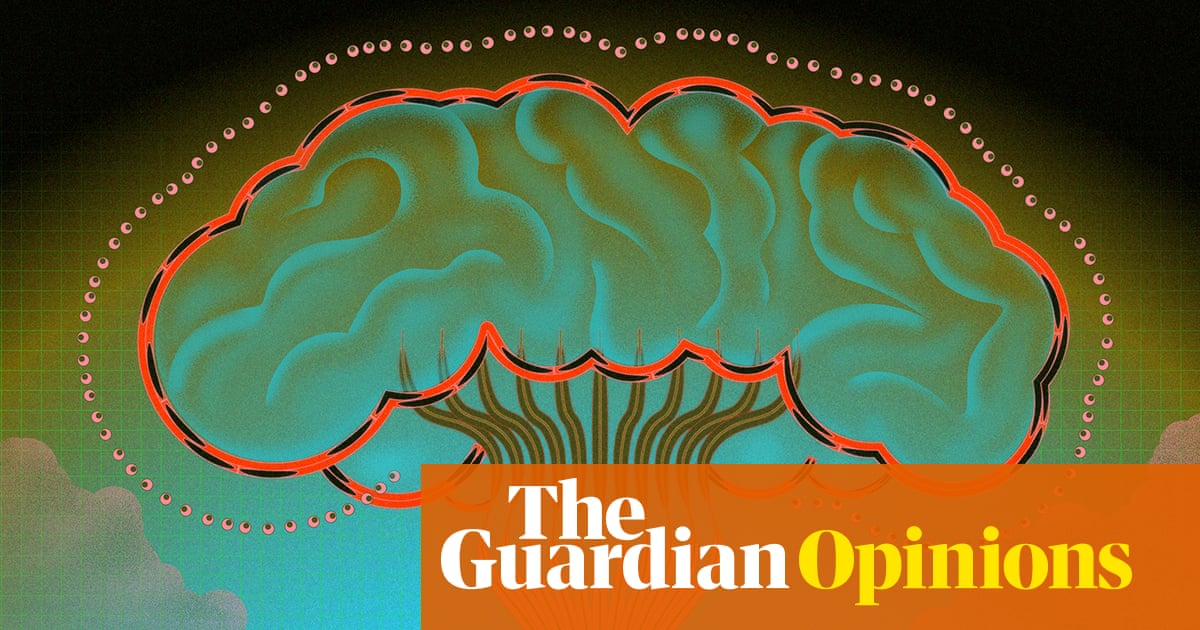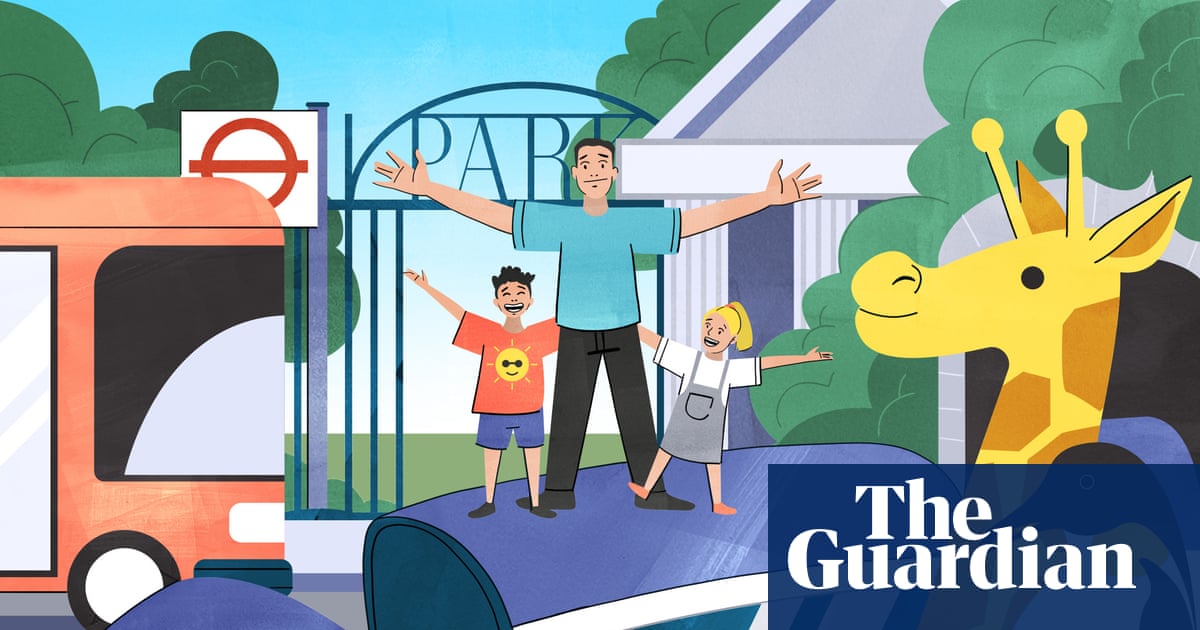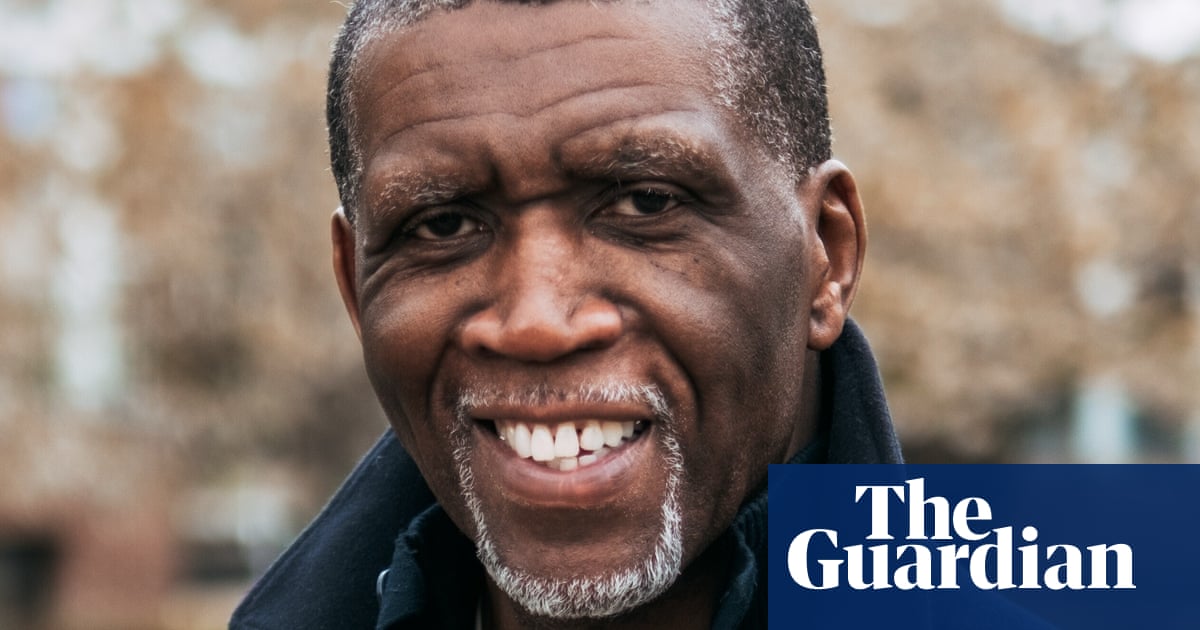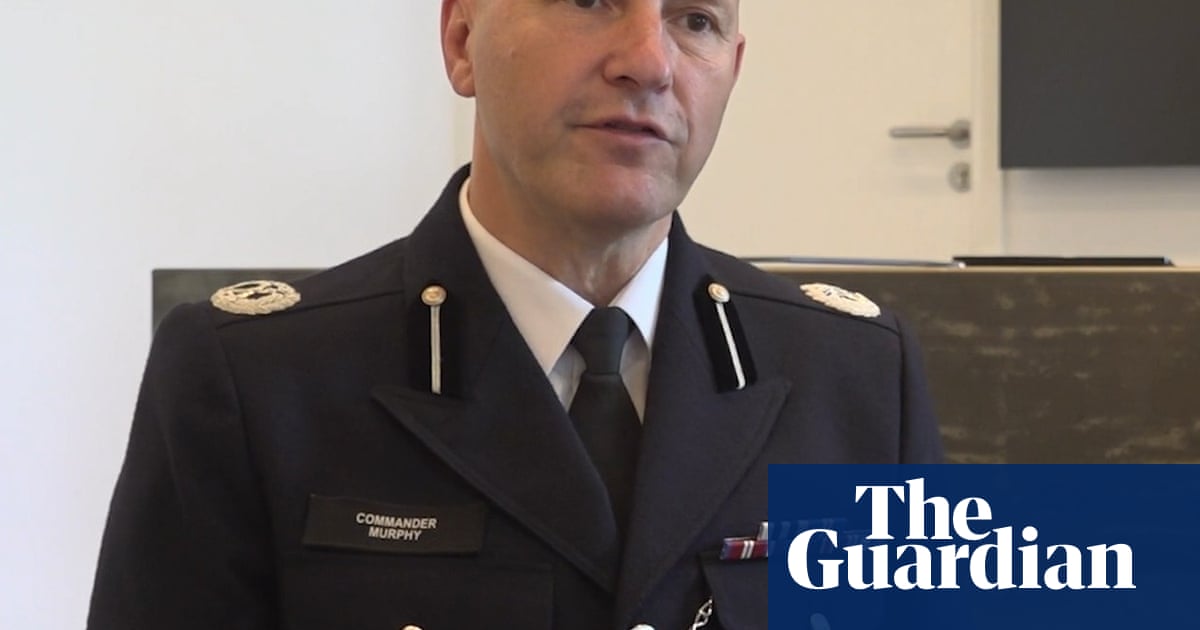On a late spring morning in the farmlands of southern Portugal, Dr Marta Acácio set her ladder against a tree and began to climb. Four metres up, she reached the giant white stork nest that was her goal. She knew from telescopic camera shots there was a healthy looking chick inside – and now she wanted to ring it.
But when Acácio, an ecologist from University of Montpellier in France, tried to scoop up the chick, it would not come away: it was tethered to the nest by a piece of plastic baler twine. She turned the chick over and recoiled: its belly was a mass of maggots.
“It was being eaten alive from underneath,” says Acácio.
With the pocketknife she now carries for dealing with this increasingly common situation, she cut the twine away, put the chick in a carrier bag and climbed back down. She and her colleagues cleaned and disinfected the wound before returning the chick to the nest.
“I was hopeful that the chick would survive,” she says. “But unfortunately it did not recover from the wounds.”
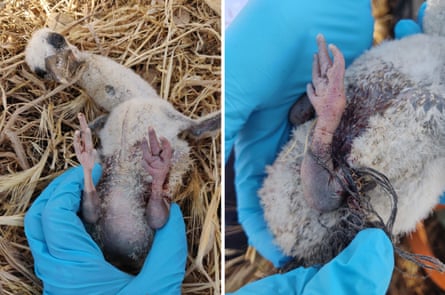
The nest was one of 93 a team of ecologists inspected weekly during the 2023 breeding season. Storks build gigantic nests over decades, weighing up to 1,000kg (2,200lb). They balance not just on branches, but on structures such as telephone poles. Many other bird species, including sparrows, starlings and kestrels, live within the nests.
“The stork nest is actually a colony of other species. It’s a fantastic species,” says prof Aldina Franco, an ecologist at the University of East Anglia (UEA) and member of the research team.
The scientists were following a hunch that they – and ecologists around the world – were missing a hidden death toll from plastic that birds incorporated into their nests. Scientists tend to inspect nests only at fledging time, yet dead chicks can be swiftly discarded by parents, so those killed by plastic early in their lives might go uncounted.
Over four years, the researchers from UEA and Lisbon University photographed nearly 600 white stork (Ciconia ciconia) nests. Then, in each week of the 2023 breeding season, Acácio and Ursula Heinze of UEA physically inspected a selection of nests.
The results, published in the journal Ecological Indicators on Monday, are alarming. About 90% of the 600 photographed nests contained plastic. In those the scientists climbed up to, more than a quarter – 27% – contained entangled chicks. Most were only two weeks old.
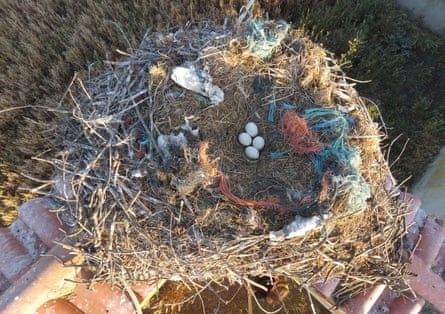
The chief culprit was baler twine, a plastic string used to secure hay bales: either the twine or its wrapping was responsible for almost all the entangled chicks. A few were caught up in domestic plastics such as bags or milk containers. The chicks died from strangulation, amputation and infected wounds.
“They roll and roll and they go around and it’s almost as if they tie the rope around their legs even harder as they move,” Franco says.
Acácio likes to talk about successful rescues, too. Once, she peered into a nest built on the stump of a cork oak tree to find two three-week-old siblings, their limbs coiled in spirals of blue baler twine.
“I thought the chicks were so badly entangled that neither would survive,” says Acácio, “Unfortunately the smaller chick did not survive but the larger one, which still has the marks of the entanglement, survived and fledged.”
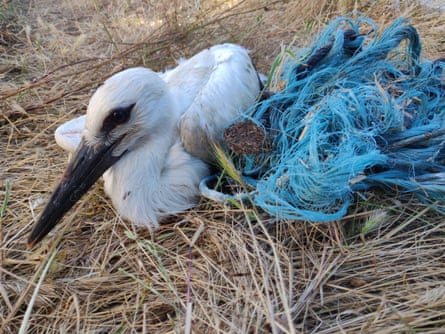
Birds on every continent use plastic and other human litter in their nests. The downsides of plastic debris are well known in the marine world, with graphic images of plastic harming turtles, seabirds and fish. But less is known about its effect on land-based birds.
“This is not a Portuguese problem or even a white stork problem,” says Dr Inês Catry, an avian ecologist at the University of Lisbon who led the project. “Baler twine is widespread in many areas in many countries.”
The few other studies that have been done, in the Americas and Europe, have not involved weekly nest visits and have found lower entanglement rates, of 0.3% to 5.6%. This study found a nestling entanglement rate of 12%.
after newsletter promotion
In Montana in the US, Marco Restani, a wildlife biologist for the power company NorthWestern Energy, has been working with volunteers to monitor ospreys that nest along 600km of the Yellowstone River.
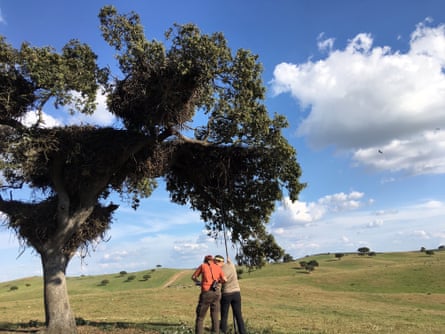
Restani says that while plastic entanglement is not yet a population-level threat to ospreys, the cases he does find are “gruesome”.
“It’s a horrible way to die. And it’s horrible for people who are discovering it as well.”
In Argentina, Dr María Soledad Liébana, a raptor biologist at the Institute of Earth and Environmental Sciences of La Pampa, has studied plastic entanglement among baby southern caracaras, a type of raptor.
“Plastic entanglement does appear to be a serious and growing threat to a wide range of bird species, across many different regions of the world,” she says.
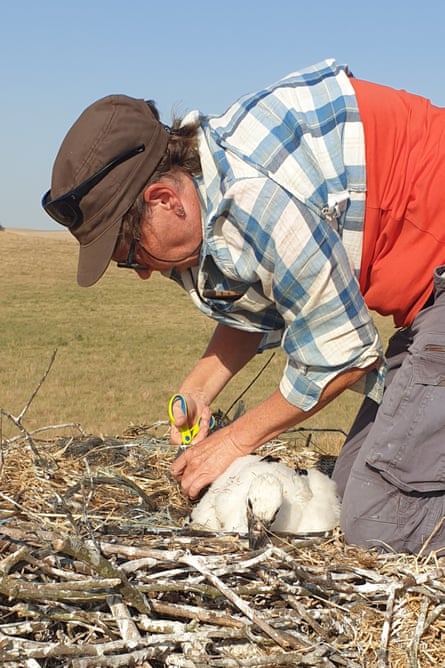
For birds already under threat from other factors, a 12% entanglement rate could “apply a lot of pressure”, says Dr Neil James, an ecologist at Scotland’s University of the Highlands and Islands.
James founded a website in 2019, birdsanddebris.com, to which anyone can report entanglements and human debris found in nests. So far, the nests of an “alarming” 160 species globally have been reported to contain human debris and two-thirds of these are terrestrial, he says.
Baler twine is accumulating in the landscape at a formidable rate, say Heinze’s team. The market was worth $300m (£220m) globally in 2023 and 80,000 tonnes were being used annually across Europe as of 2019. How much of this leaks into the environment is unknown.
While farmers play a crucial role in preventing plastic leaking into the environment – for example by ensuring no plastic debris is left in the field – many aspects of the plastic footprint are out of their control, such as whether there are recycling facilities nearby or whether there are any biodegradable alternatives.
Collection schemes are patchy across Europe but research has found that where they are offered they have been successful. Scientists are researching how to replace polypropylene twine, and some biodegradable twines are already on the market.
In the meantime, for some of the white storks, there is one simple step that could help, says Heinze: mow under their nests. This provides the birds with a convenient abundance of natural nesting material and reduces the amount of plastic they use.
Find more age of extinction coverage here, and follow the biodiversity reporters Phoebe Weston and Patrick Greenfield in the Guardian app for more nature coverage

.png) 3 months ago
53
3 months ago
53



